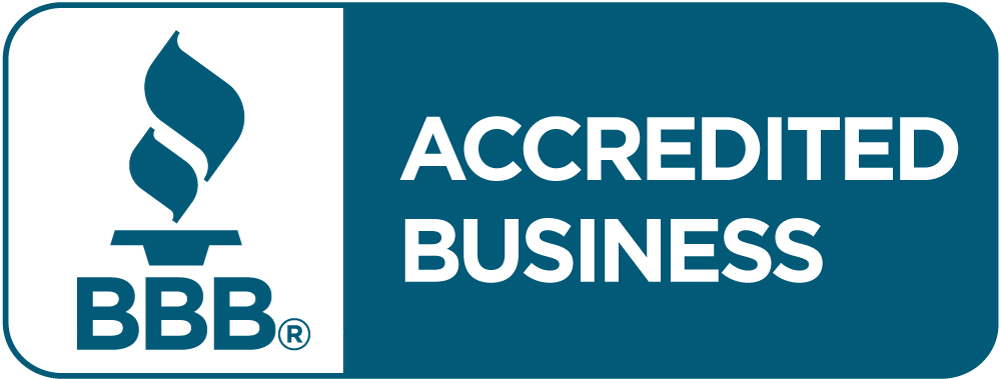Quick Links
Toggle
As a business owner, it’s important to have a clear understanding of your company’s financial health. This includes knowing what you own, what you owe, and how much is coming in and out each month. Closely monitoring these numbers can help you make smart decisions and avoid getting into a precarious financial situation. For example, while you may be running a profitable business right now, if you don’t have enough cash flow, an unexpected downturn or crisis could send it into a spiral.
Keeping an eye on your working capital ratio is one of the best ways to avoid this scenario. Armed with this information, you’ll be able to make educated decisions about your business growth, expenditures, and more. The following guide will explain how to calculate your working capital ratio and how you can use it to guide your business decisions.
What is Working Capital Ratio?
Your “working capital” is the money you use to run the day-to-day operations of your business. It covers short-term expenses like payroll and the cost of purchasing supplies, tools, software, and other short-term needs. This number, which is listed on your balance sheet, is calculated by subtracting your current liabilities from your current assets.
In business finance, the word “current” refers to a 12-month period. Current liabilities typically include things like your accounts payable, taxes, wages, interest owed, and the portion of long-term debt that is due within the next 12 months. Current assets include cash and anything that you could convert into cash within 12 months, such as inventory and accounts receivable.
Working capital ratio also compares your current assets and current liabilities. It provides a simple measure of your company’s ability to pay for short-term obligations with its existing assets. It’s also a good indicator of your company’s operational efficiency and the health of its short-term finances. By paying attention to this number, you’ll be able to predict upcoming cash flow problems and may even be able to keep your company out of bankruptcy.
The Working Capital Ratio Formula
To calculate your working capital ratio, you’ll simply divide your current assets by your current liabilities.
For example, let’s assume your business had $600,000 in assets and $300,000 in liabilities. Using this formula, you would quickly determine that your working capital is 2.0.
What is a Healthy Working Capital Ratio?
Once you’ve calculated your number, it’s important to understand how it relates to the health of your business. In general, a ratio between 1.2 and 2.0 is considered “healthy.” If your ratio is higher or lower than that, you could have a problem.
Low Working Capital
A number below 1.0 is known as “negative working capital.” In this case, you have more liabilities than assets and may find it difficult to meet your short-term obligations. Even if your number is above 1, if it’s still on the low end, you may have trouble paying your bills, particularly if it takes longer than usual to sell your inventory or collect your accounts receivable.
While low or negative working capital is generally not desired, some businesses do this by design and use it to their advantage. This may work if you can generate cash very quickly by selling your products to customers before you have to pay your vendors for the original materials. However, this can be a risky strategy and isn’t recommended for most business owners.
If your working capital ratio is consistently negative and you’re concerned about the potential impact on your business, you may need to consider exploring additional business funding options to help you get ahead of your short-term debts.
High Working Capital
An excessively high working capital ratio is also not necessarily a good thing. If your ratio is consistently well above 2, this suggests that your business isn’t effectively reinvesting its assets. This can slow company growth and may result in you losing out on potential opportunities.
A ratio of 1.5 to 2.0 is often considered ideal. This provides a reasonable amount of comfort and gives you the flexibility to make smart expansion decisions.
Important Considerations
While calculating your working capital ratio is an important part of your financial management, it’s also important to remember that interpreting this number isn’t always black and white. The ideal ratio for your business may depend on your growth phase, your industry, and/or seasonal fluctuations.
However, using this calculation along with information like your cash flow data can help you stay on top of your company’s financial health and proactively make adjustments as needed.
If you find that your working capital ratio is less than ideal, you can get the extra working capital you need with Zinch. Contact us at (714) 500-6622 to learn more about your options. You could qualify for up to $250,000 in just 24 hours.










